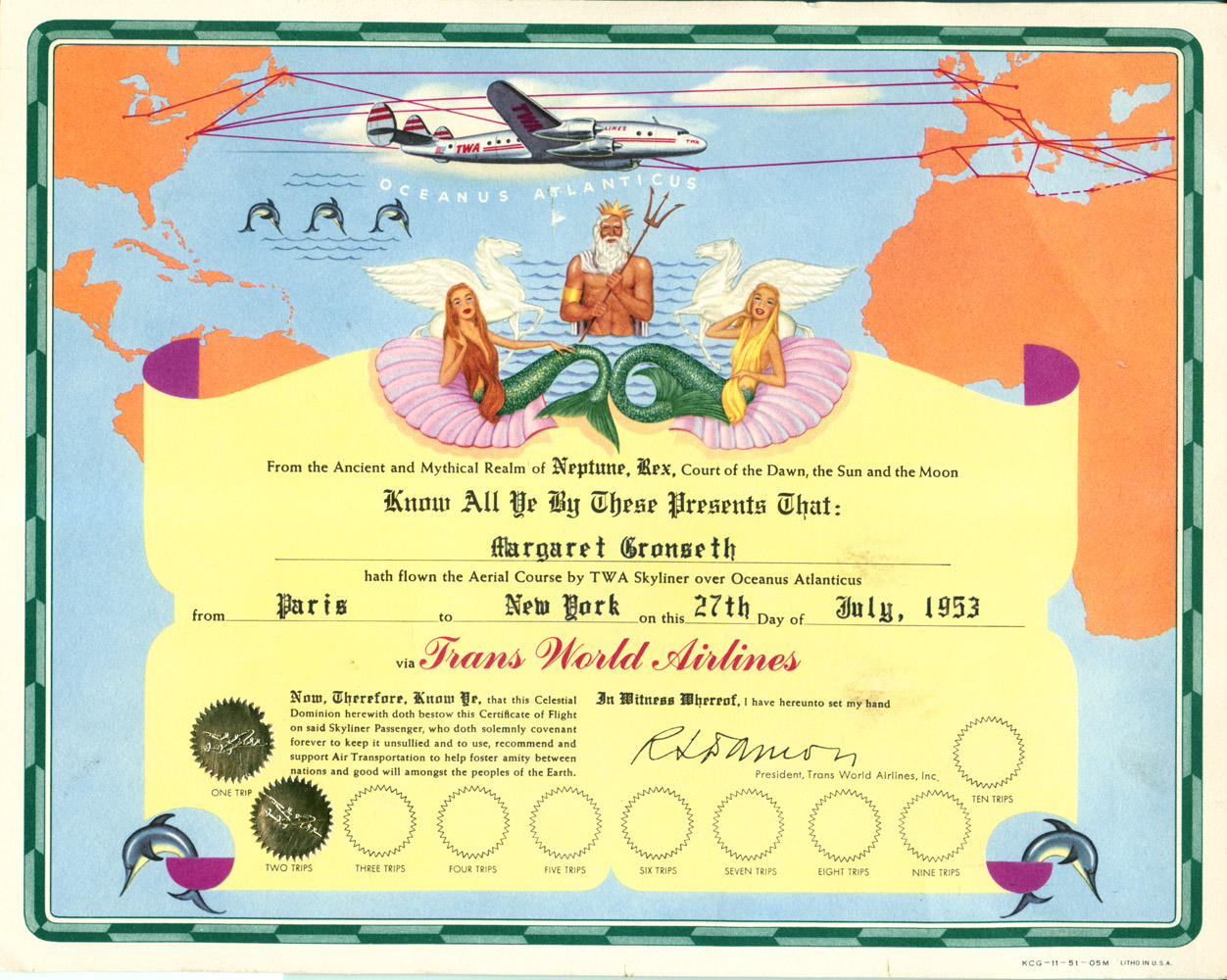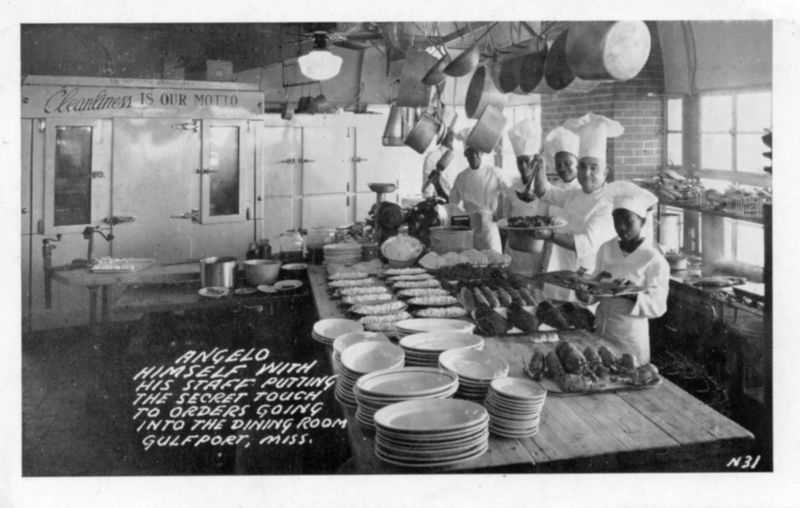
You probably don’t know about this aircraft, because its origins and operations are so secret even the US Government doesn’t know about it. The F-19A SPECTRE is one of the US’ many Stealth fighter aircraft developed in the 1980s. The thing is, these imaginative stealth planes weren’t developed by anybody in the aerospace industry.
The aircraft design above used for the Monogram’s Stealth F-19A Reconnaissance Fighter 1/72 scale model. Whoever designed it was nice enough to include, in various places, diagrams comparable to the usual aircraft graphics seen in Jane’s guides, as seen here. This version of the Stealth is my favorite, based on a concept by Loral Aeroelectronics that appeared many places, like the airplane book I scanned the poster’s background from, seen above. Testor’s version was first on the market and got the most publicity — including being shown to Congress with the politicians demanding why, if the program was so secret, would a model company be releasing designs to the public? Little did they know, the stealth aircraft in Skunkworks hangers looked nothing like any of the theoretical toy designs.








